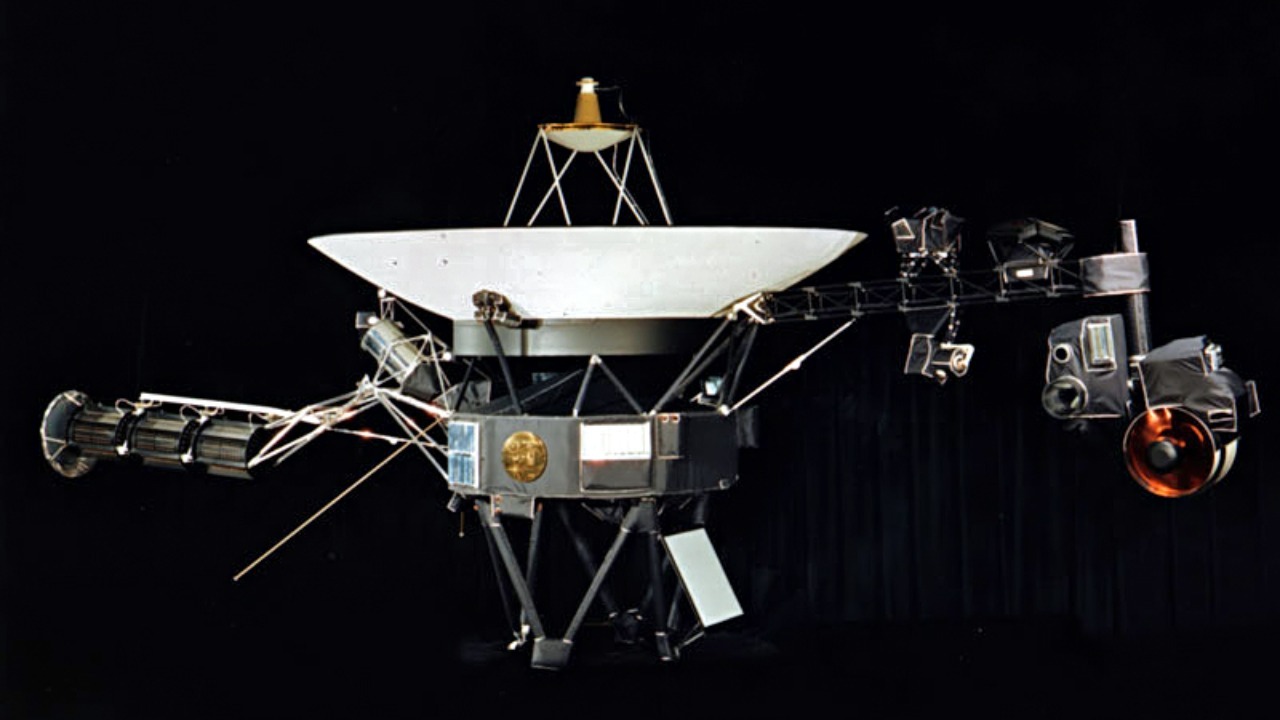
NASA’s Voyager 1 probe has recently made headlines by reviving its backup thrusters, a move aimed at maintaining its operations in the vast expanse of interstellar space. This technical maneuver comes just before a planned command pause, a strategic decision to ensure the probe’s continued functionality. Meanwhile, the European Space Agency is engaging in a unique outreach effort by beaming a waltz at Voyager 1 this weekend, celebrating its enduring journey. As the mission nears its end, the Voyager probes continue to captivate the world, marking significant milestones in their interstellar exploration.
Launch and Early Mission
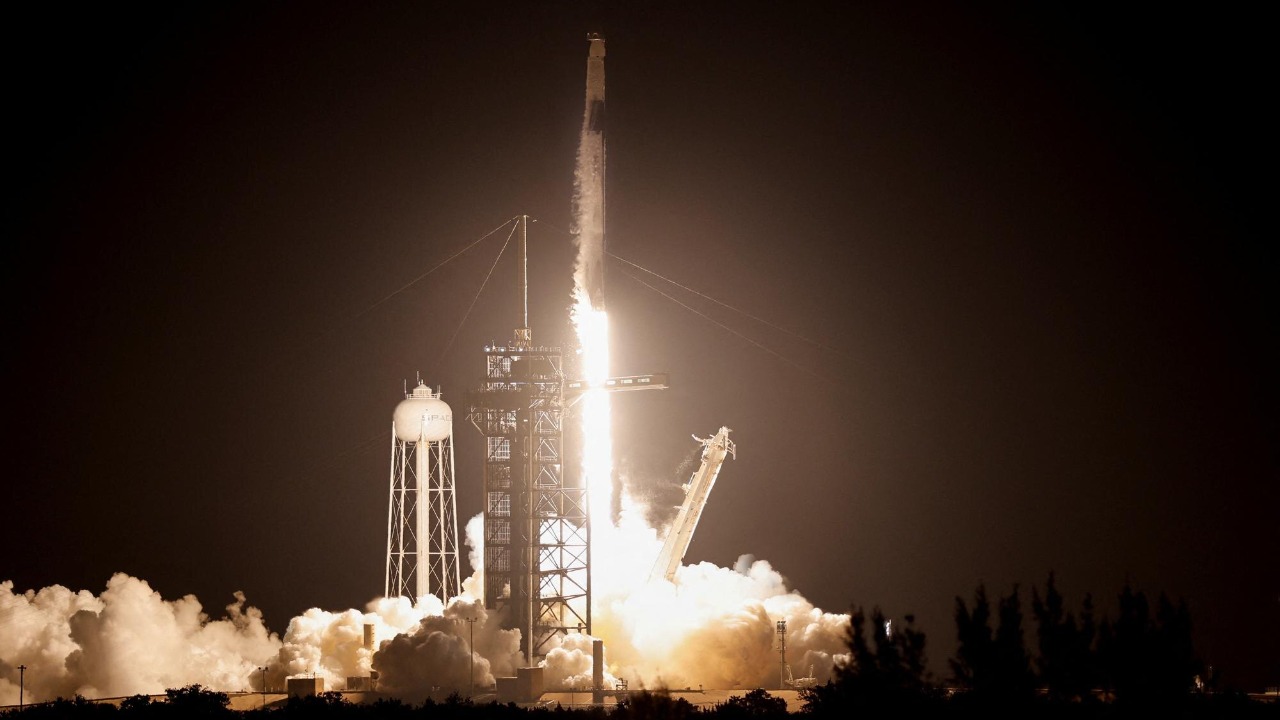
Voyager 1, part of NASA’s ambitious Voyager program, was launched from Cape Canaveral with the primary objective of exploring the outer planets. Designed to take advantage of a rare planetary alignment, the probe’s mission was to conduct close-up studies of Jupiter and Saturn. During its encounters, Voyager 1 made groundbreaking discoveries, such as the volcanic activity on Jupiter’s moon Io and the intricate ring structures surrounding Saturn. These findings significantly advanced our understanding of the solar system and demonstrated the probe’s capability to capture detailed scientific data from distant worlds (source).
In addition to its scientific instruments, Voyager 1 carries the Golden Record, a 12-inch gold-plated copper disc containing sounds and images from Earth. This record serves as a message to potential extraterrestrial life, encapsulating the diversity of life and culture on our planet. The inclusion of the Golden Record highlights the mission’s broader goal of reaching beyond scientific exploration to foster a connection with the cosmos (source).
Transition to Interstellar Space
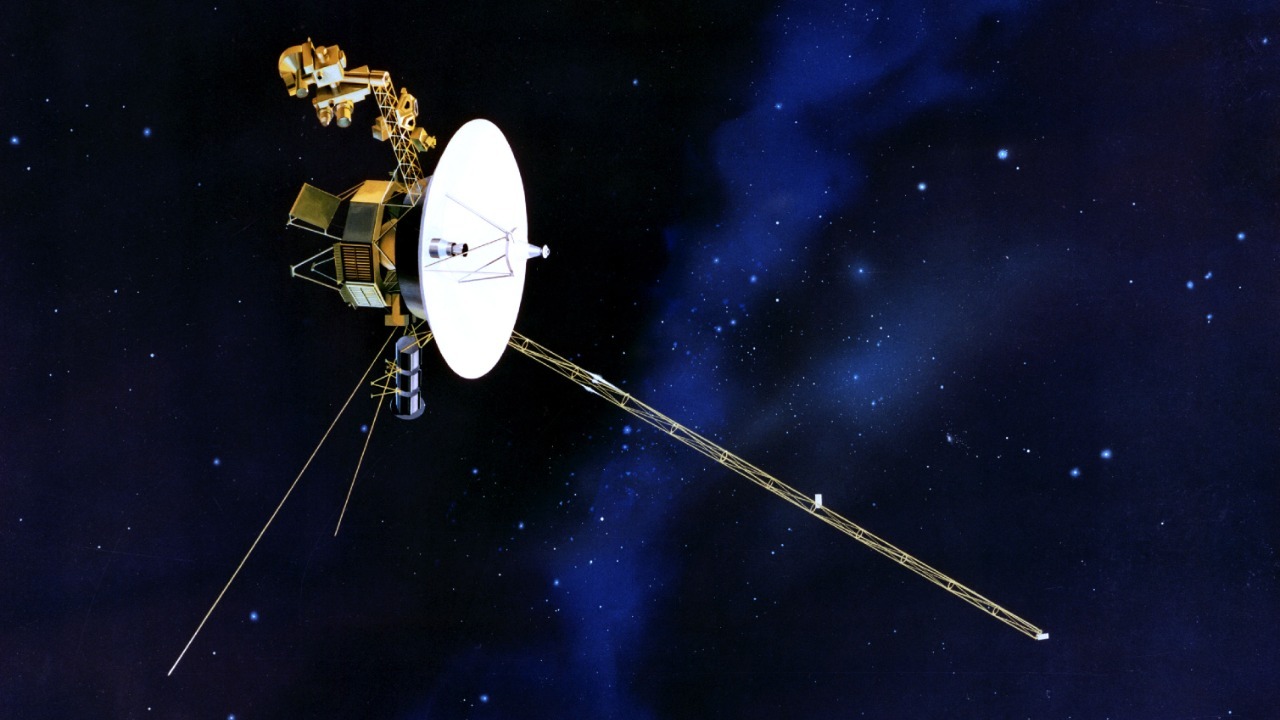
Voyager 1’s journey beyond the heliosphere marked a significant milestone in space exploration. In 2012, the probe crossed into interstellar space after passing the termination shock and heliosheath, becoming the first human-made object to do so. This transition allowed Voyager 1 to collect invaluable data on cosmic rays, magnetic fields, and plasma in the interstellar medium, providing insights into the environment beyond our solar system (source).
Currently, Voyager 1 is over 15 billion miles away from Earth, with communication delays exceeding 22 hours one-way. This immense distance underscores the challenges of maintaining contact and control over the probe, yet it also highlights the remarkable achievements of human ingenuity in space exploration (source).
Recent Technical Challenges
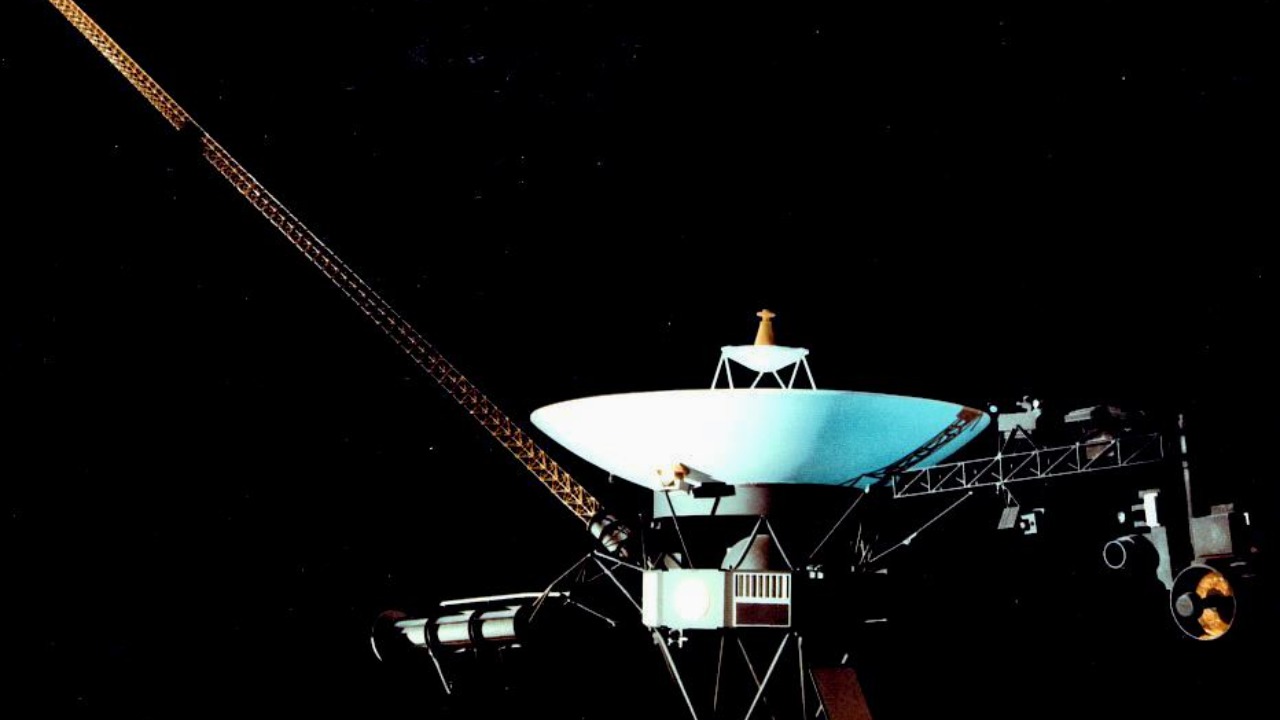
As Voyager 1 continues its journey, it faces technical challenges due to the degradation of its primary thrusters after decades of use. To address this, NASA recently revived the probe’s backup thrusters, ensuring its ability to maintain orientation and communication with Earth. This decision was followed by a command pause to assess the performance of the backup thrusters and mitigate any risks associated with the switchover (source).
Additionally, the probe’s power management has become increasingly critical as its radioisotope thermoelectric generators decay. This has led to the gradual shutdown of scientific instruments, a process that began in 2025, as NASA prioritizes essential functions to extend the mission’s lifespan. These challenges highlight the delicate balance between preserving the probe’s capabilities and maximizing its scientific output (source).
International Collaboration and Cultural Outreach
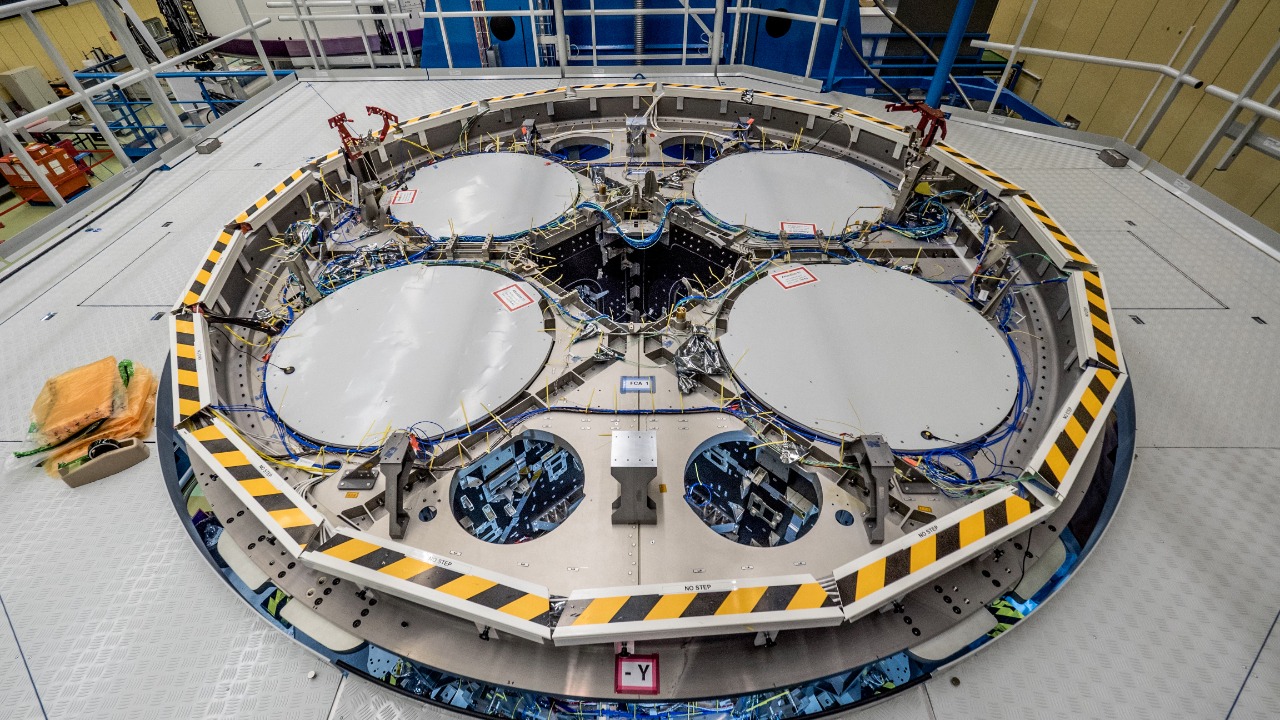
The European Space Agency’s initiative to beam Johann Strauss II’s “Blue Danube” waltz toward Voyager 1 exemplifies the cultural outreach associated with the mission. This celebratory signal from Earth not only honors the probe’s achievements but also reinforces its legacy of carrying human culture into space. The event ties into Voyager’s mission ethos, as embodied by the Golden Record, which continues to symbolize humanity’s desire to connect with the universe (source).
Approaching Mission End and Legacy
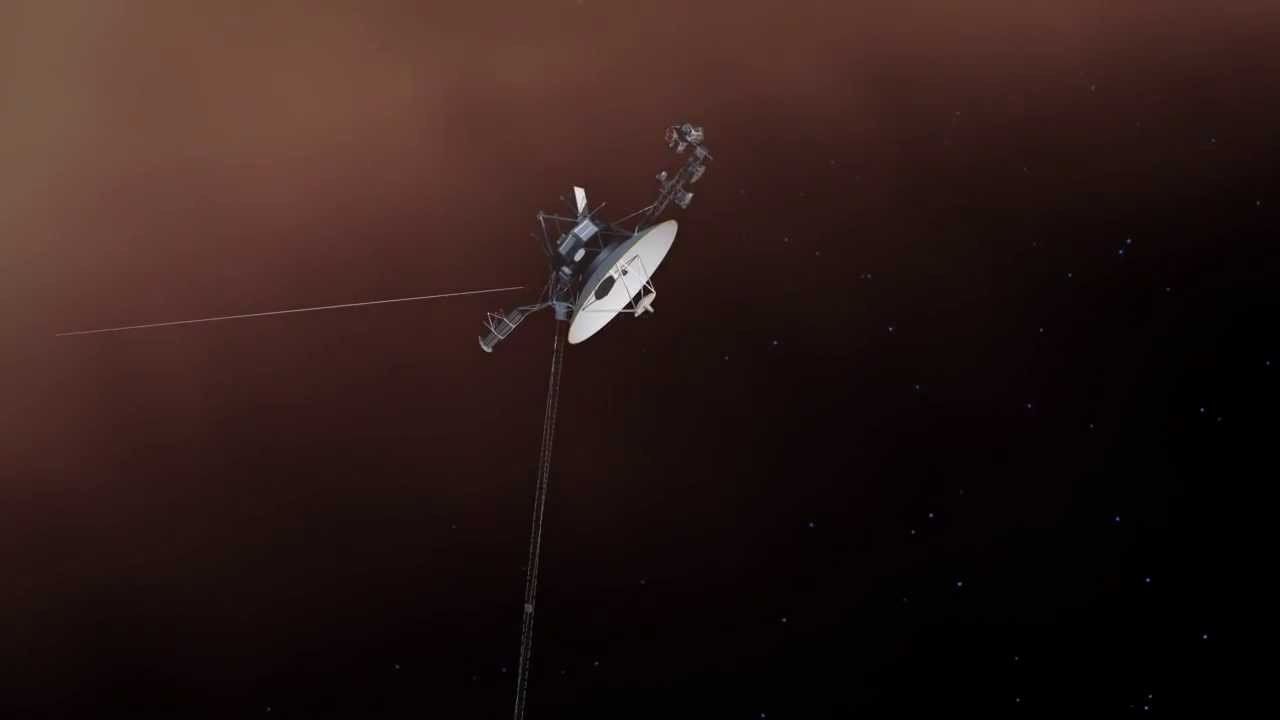
As Voyager 1 approaches the end of its operational life, projections suggest that it will cease functioning around 2025–2030 due to power loss. Despite this, the probe will continue to drift through space as a passive artifact, a testament to human exploration and curiosity. The anniversary of Voyager 1’s launch marks over 45 years of interstellar exploration, a milestone that underscores the mission’s enduring impact on science and culture (source).
Voyager 1’s scientific contributions are vast, including the first images of outer planet moons and measurements of the interstellar boundary. These achievements have not only expanded our understanding of the solar system but also inspired future generations to continue exploring the unknown. As the mission nears its conclusion, Voyager 1 remains a symbol of human ingenuity and the relentless pursuit of knowledge (source).